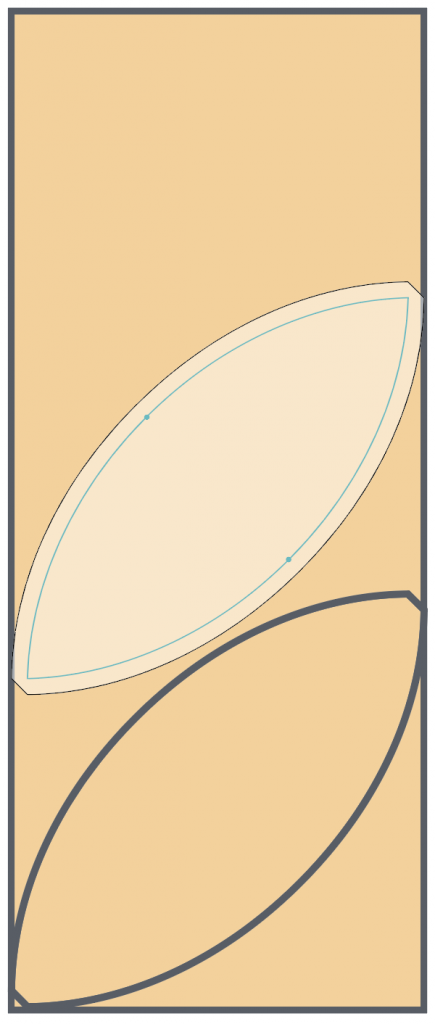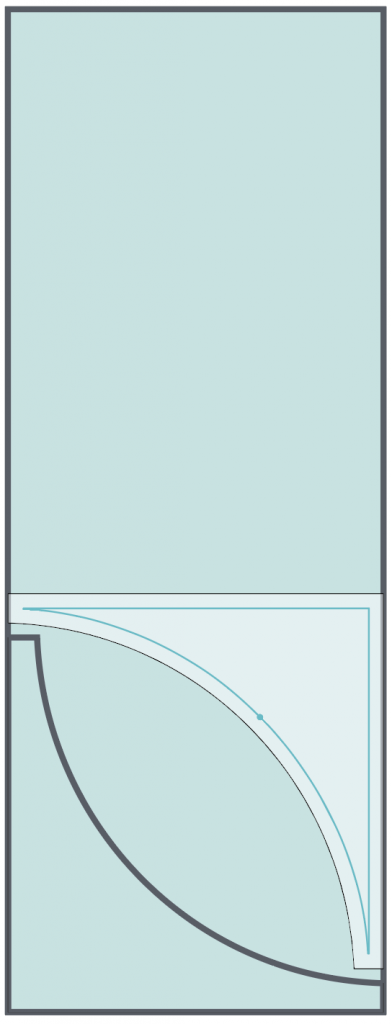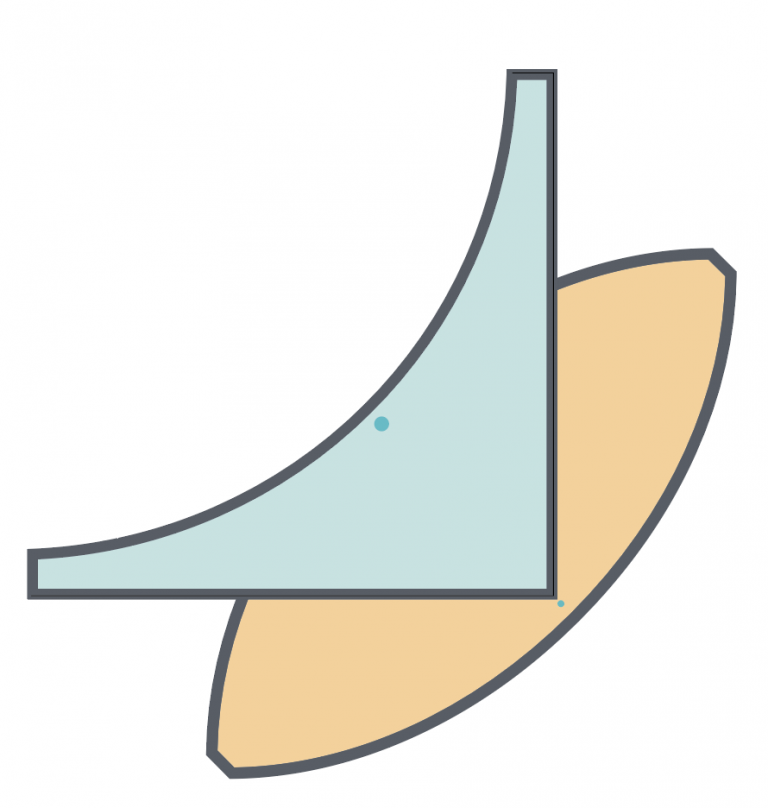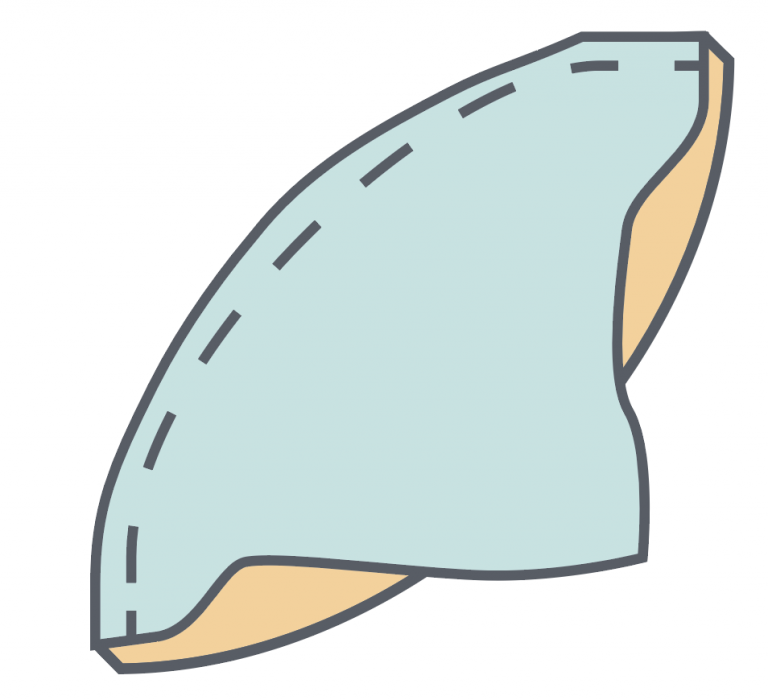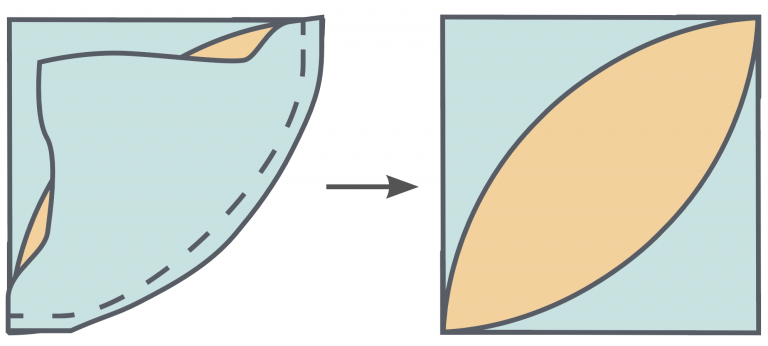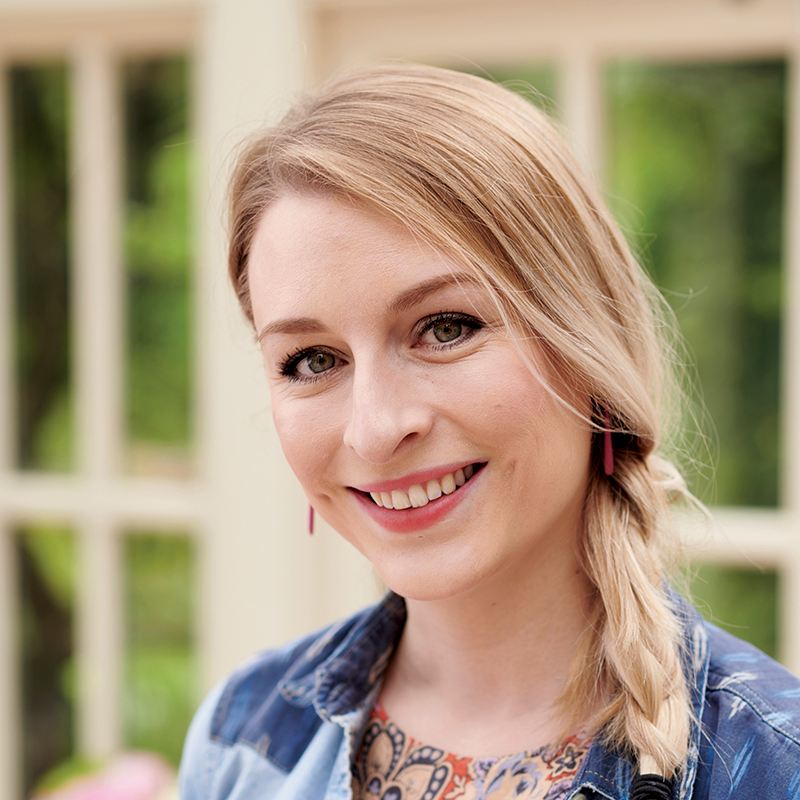Discover the joy of curved patchwork piecing with our guide to how to sew Orange Peel quilts! These classic quilt patterns have been around for quite some time and they've seen a surge in interest in recent years as curved piecing has grown in popularity with modern quilters.These clever quilts feature a pattern of repeating petal shapes which, when pieced into rows of quilt blocks, builds up to create the effect of interlocking circles.
What is an Orange Peel Quilt?
An Orange Peel Quilt is basically a quilt that's made up of quilt blocks that resemble an orange peel! Orange Peel Quilt blocks have a leaf shape in the centre, sandwiched between with two curved corners on either side to make the finished quilt block into a square shape. They first appeared in published material in the 1800s and are also referred to as Lemon Peel, Melon Peel and Lafayette Orange Peel. Whatever you call them, you’ll fall in love with this charming design. Find out how to use them to make Orange Peel Quilt blocks in this free tutorial. Simply follow our steps below and watch our video guide to begin. We've used acrylic Orange Peel Templates but have included a free orange peel template for you to download too if you don't have physical templates to hand.
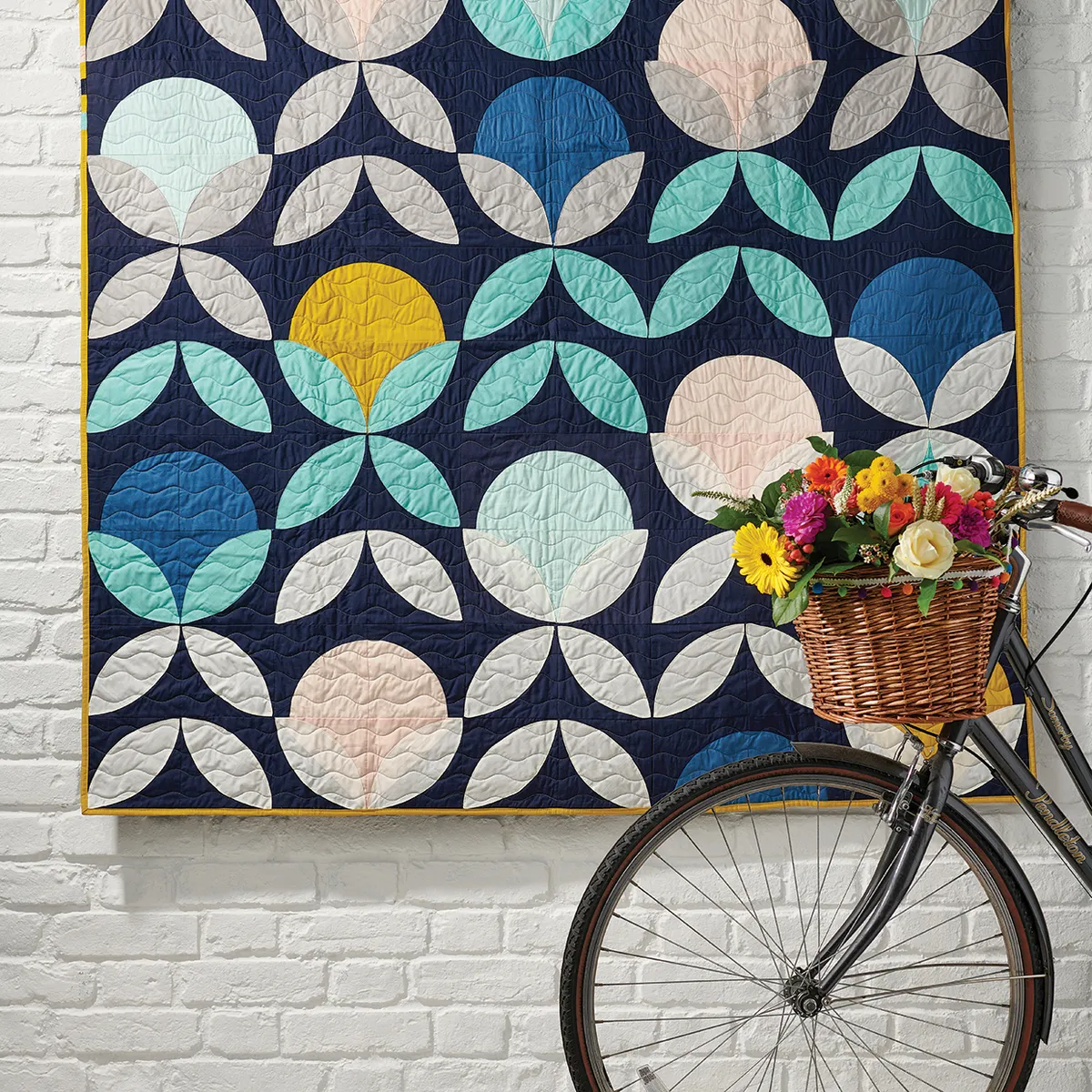
Before you begin
If you’re new to curved piecing, you'll need to cut 3 pieces of fabric to make an Orange Peel quilt block – a central petal shape and two outer corners which will sit either side of the curves to form a square block.
Luckily you can buy handy templates to help you cut these units of fabric, ready for piecing!
- Buy the templates here: Oh Sew Sweet Orange Peel Template set (£18.99, Amazon)
- Or if you want to try this method before you buy, download our Free Orange Peel Template (PDF)
